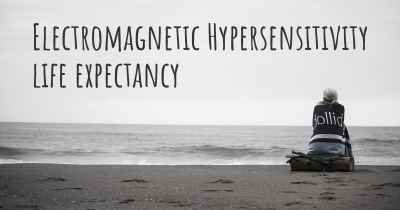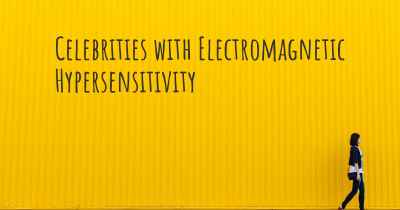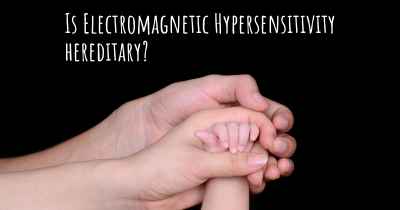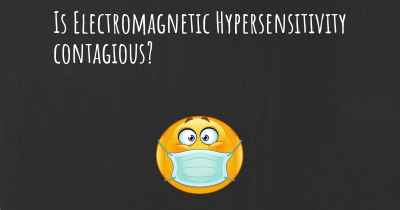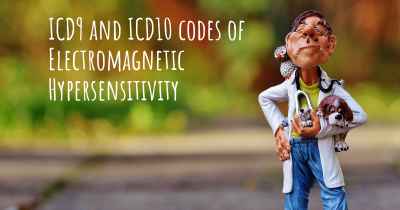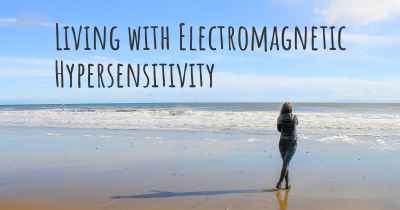Can people with Electromagnetic Hypersensitivity work? What kind of work can they perform?
See how people with experience in Electromagnetic Hypersensitivity give their opinion about whether people with Electromagnetic Hypersensitivity can work and what kind of jobs are more appropriated for people with Electromagnetic Hypersensitivity
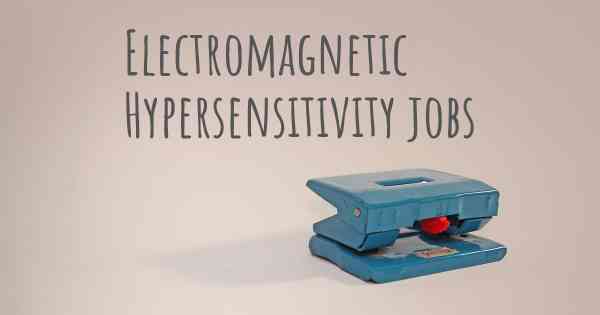
Can people with Electromagnetic Hypersensitivity work? What kind of work can they perform?
Electromagnetic Hypersensitivity (EHS) is a condition where individuals experience various symptoms when exposed to electromagnetic fields (EMFs) emitted by electronic devices, power lines, and wireless technologies. While the existence and impact of EHS are still debated among medical professionals, some individuals claim to be affected by it. The symptoms reported by those with EHS include headaches, fatigue, dizziness, difficulty concentrating, and sleep disturbances.
Given the potential challenges associated with EHS, it is important to consider the work environment and the specific needs of individuals affected by this condition. While some people with EHS may find it difficult to work in certain settings, it is possible for them to find employment that accommodates their condition.
1. Remote or telecommuting jobs:
Working remotely can be an ideal solution for individuals with EHS as it allows them to control their immediate environment and minimize exposure to EMFs. Remote jobs can include various roles such as software development, graphic design, content writing, virtual assistance, customer support, and many others. These jobs often require a computer and an internet connection, which can be easily managed in an EMF-controlled environment.
2. Non-electronic or low-EMF environments:
Some individuals with EHS may be able to work in environments that have minimal electronic equipment or EMF exposure. This could include jobs in industries like agriculture, manual labor, construction, gardening, or other outdoor occupations. These roles often involve physical work and limited exposure to electronic devices, making them more suitable for individuals with EHS.
3. EMF-reduced workplaces:
Some employers are becoming more aware of EHS and are taking steps to create EMF-reduced work environments. These workplaces may have policies in place to minimize exposure to EMFs, such as using wired connections instead of wireless technology, providing shielded workstations, or implementing EMF-reducing measures. Individuals with EHS can explore opportunities in such organizations where their condition is acknowledged and accommodated.
4. Self-employment or entrepreneurship:
Starting a business or working as a freelancer allows individuals with EHS to have more control over their work environment. They can create a workspace that is EMF-reduced and suits their specific needs. This could involve setting up a home office with EMF shielding, using wired connections, and carefully selecting electronic devices with lower EMF emissions. Self-employment provides the flexibility to adapt the work environment to accommodate the individual's condition.
5. Education and advocacy:
Some individuals with EHS may choose to work in fields related to education and advocacy. They can use their personal experiences and knowledge to raise awareness about EHS, promote research, and advocate for better understanding and accommodation of the condition. This could involve working in non-profit organizations, writing articles or books, giving presentations, or participating in research studies.
It is important to note that the impact of EHS varies from person to person, and not all individuals with EHS may be limited in their work options. Some people with EHS may be able to work in typical office environments with minimal discomfort, while others may require more specific accommodations. It is crucial for employers and colleagues to be understanding and supportive of individuals with EHS, providing reasonable accommodations to ensure their well-being and productivity.
Posted Jul 19, 2018 by Amir 4220
Posted Jun 10, 2021 by Plop 2000
Yes, there are some fields they should avoid without question if they want to recover.
The question would require analyzing data and I don't have time for that but the NIH.gov estimates 1/3 of the entire US population is adversely affected. 3% severely so.
As our world has become MORE flooded with towers in the last 3 years I suspect this to be even higher now.
Posted Nov 6, 2023 by Kathy 2500
